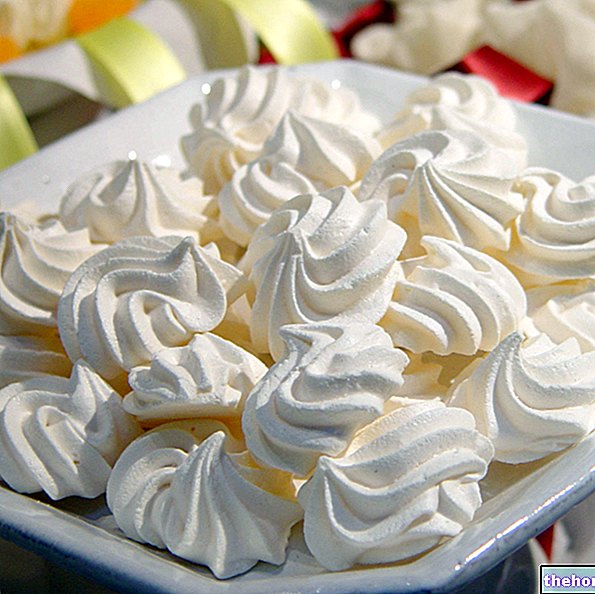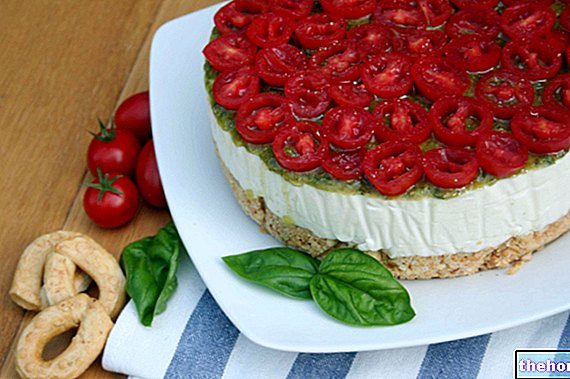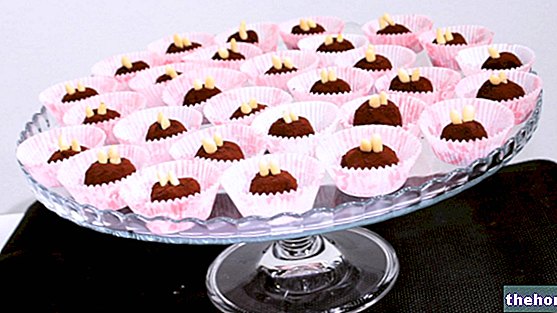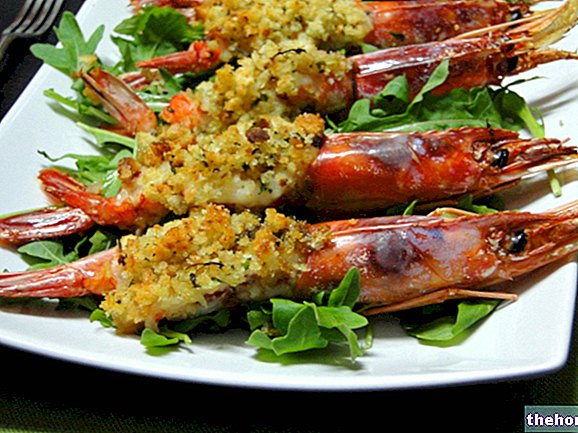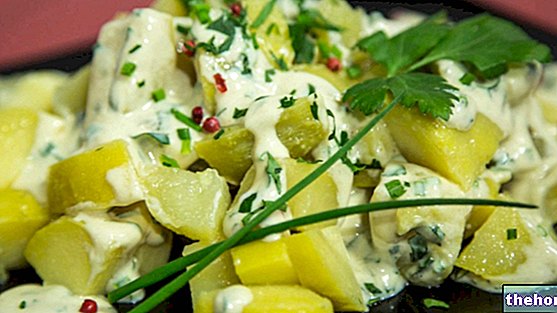A puff of flour, expert hands that shape the dough, warm water, very fresh eggs what will be the real secret to obtaining the Focaccia Veneta? For Easter, the table is filled with recipes linked to the most ancient traditions, and the Fugazza is just what I need to give you a piece of my tradition.
Video of the Recipe
Problems with playing the video? Reload the video from youtube.
Identity Card of the Recipe
- 337 KCal Calories per serving
-
Ingrediants
For the icing
- Q.b. of sugar grains
- 15 g of cornstarch
- 50 g of sugar
- 40 g of almonds
- 30 g of egg white
- Q.b. of powdered sugar
For the leavening
- 100 g of Manitoba flour
- 55 ml of water
- 10 g of barley malt
- 1 g of dried brewer's yeast
For the second dough
- 50 ml of water
- 60 g of lemon verbena
- 20 m of vov or marsala liqueur
- Vanilla essence
- 5 g of salt
- 20 g (1 medium) of egg yolks
- 60 g of butter
- 50 g of powdered sugar
- 200 g of Manitoba flour
For the first dough
- 60 g (3 medium) of egg yolks
- 90 ml of water
- 50 g of dried mother yeast
- 65 g of butter
- 60 g of powdered sugar
- 220 g of Manitoba flour
Materials Needed
- Bowls
- Scale weighs food
- Transparent film
- Hinged pan with a diameter of 24 cm or baking cup
- Baking paper
- Mixer
- Optional: food thermometer
Preparation
Before starting
La Veneziana (or Fugazza Veneta) is a typical dessert of the holidays: it is a sort of low panettone (vaguely reminiscent of nadalin), whose recipe has its origins in Veneto. However, the recipe may undergo some variation depending on the province in which it is produced.
It can be prepared with mother yeast (in doses equal to 30% of the weight of the flour) or with mixed yeast (brewer's yeast and mother yeast): we propose this second variant.
The preparation is not immediate because the dessert requires long leavening; for best results, we recommend starting the recipe the night before.- Prepare the leavening (called, in the Venetian language, "levà") starting the evening of the day before (10.00 pm). In a bowl, sift the Manitoba flour, add 1 gram of dry yeast, 1 teaspoon of barley malt and mix with 55 ml of warm water: knead for a long time until a non-sticky dough is obtained. Place the ball in the bowl, cover with cling film and leave to rise in the oven off but with the light on for one night.
- Prepare the first dough (9.00 the following day). In a bowl, sift the Manitoba flour and powdered sugar. Combine the dried mother yeast (or 150 g of fresh mother yeast), the three egg yolks, the soft butter at room temperature, then mix all the ingredients with about 90 ml of water, adding the yeast - which in the meantime will have assumed an extremely consistency elastic and soft - until the dough is soft and workable with your hands, not sticky. If necessary, add a little more flour. Leave the dough to rise for three hours or until it triples its volume.
Did you know that
To facilitate leavening, it is advisable to let the dough rest in a warm environment (e.g. oven off but with the light on, or oven preheated to 180 ° C for 2 minutes, then turned off, or near a radiator), but at the same time away from drafts: for this purpose, it is recommended to cover the bowl with a sheet of transparent film.- Meanwhile, prepare the glaze. Combine the almonds, sugar and cornstarch in the container of a pressure blender; chop everything until you get a powder. Collect the mince in a bowl and add the egg whites until a thick cream is obtained. Put the mixture in the fridge.
- Prepare the last dough (12.30): by this time, the dough should have tripled in volume and appear shiny, swollen and soft.
- In a bowl, mix the remaining Manitoba flour with an egg yolk, the warm water, the soft butter, the icing sugar, the salt, the chopped citrines, the vanilla essence and the Marsala liqueur. Mix the mixture with your hands until you get a rather sticky paste. Combine the previous dough and continue kneading: it is recommended to knead the dough for at least 10 minutes, until you can notice the change in the consistency of the dough which, without adding more flour, will begin to come off very well from your hands and appear elastic.
- Rotate the dough in your hands, placing the base on the work surface, then let it rise in a paper mold (for low panettone) with a diameter of 24 cm or in a hinged pan lined with baking paper. Engrave the surface of the dough with a cross cut. The dough is ready when, rising, it exceeds the edge of the container (3-5 hours).
- Preheat the oven to 160 ° C.
- Very gently pour the glaze onto the surface of the Venetian blind, brushing it with care. Finish with a few whole almonds, granulated sugar and very little icing sugar.
- Place in the oven and bake at 160 ° C for 30 minutes, continuing for another 15 minutes at 140 ° C: the Venetian blind is ready when the core temperature is 95 ° C.
- Remove from the oven, allow to cool completely (preferably upside down) and consume the following day: the Venetian can be kept for up to three days, tightly closed in a plastic bag, protected from the air.
Alice's comment - PersonalCooker
This is a dessert of my tradition and, with pride and pleasure, I proposed it to you. Like all Easter desserts, it is not a low calorie recipe, I realize, but it is always nice to appreciate one's tradition and the great classics.Nutritional values and Health Comment on the recipe
Easter Panettone is a recipe that falls within the group of sweet bread derivatives.
It has a high calorie intake; energy is mainly supplied by carbohydrates, followed by lipids and finally by proteins.
The peptides are of medium and high biological value, the fatty acids above all of the saturated type and the complex carbohydrates (starch). Cholesterol is quite relevant, as are fiber.
La Fugazza or Veneziana is a preparation that does not lend itself to any diet; it is not recommended in case of overweight and metabolic diseases, among which above all: type 2 diabetes mellitus, hypertriglyceridemia and hypercholesterolemia. It is to be avoided in the diet for celiac disease and severe lactose intolerance (due to the presence of butter). It is not among the foods allowed by the vegan diet; however, it is accepted by lacto ovo vegetarians.
The average portion, to be consumed mainly for breakfast, is about 30-40g (100-135kcal).


